Powdery mildew on lilac
kimcoco
14 years ago
Related Stories

COLOR11 Pretty Sweet Decorating Ideas Using Pastels
Go ahead, be a softie. When you use powdery shades right, they go beyond child’s play into the realm of chic
Full Story
GARDENING GUIDESGreat Design Plant: Rosa Banksiae a Low-Maintenance Beauty
This thornless, disease- and insect-resistant rose brings showers of white or yellow flowers to the spring garden
Full Story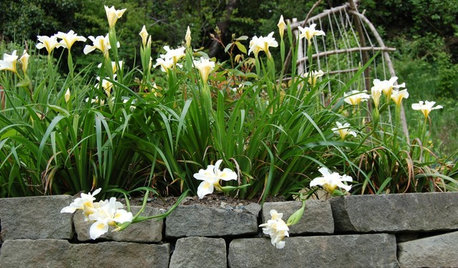
GARDENING GUIDESTop 10 Native Plants for the Pacific Northwest
More than just gorgeous and adaptable, these standout plants convey a sense of place
Full Story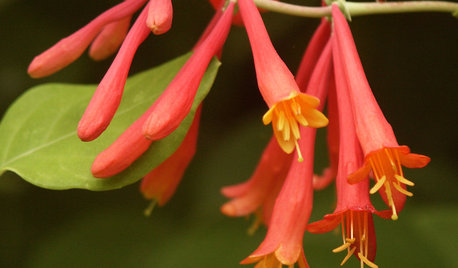
GARDENING GUIDESGreat Design Plant: Lonicera Sempervirens
Grow this long-blooming, flashy flowering vine to cover a fence or arbor and attract hordes of hummingbirds all season long
Full Story
WINTER GARDENINGPruning Secrets for Exquisite Roses
Encourage gorgeous blooms year after year with this time-tested advice on how to prune your rosebush in winter for health and shape
Full Story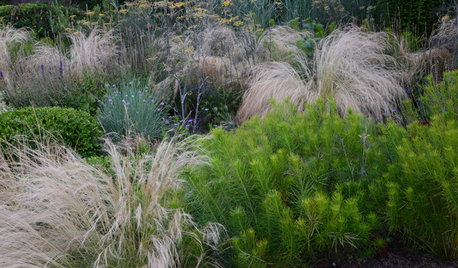
GARDENING GUIDES4 Ways to Break the Rules in Your Garden
For a more creative landscape design, take a different approach to planting
Full Story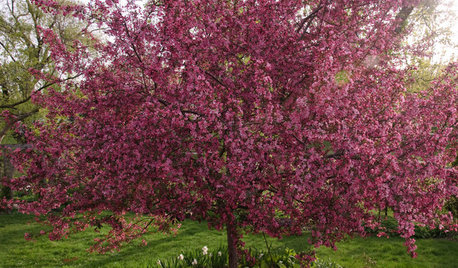
GARDENING GUIDESGreat Lakes Gardener's May Checklist
Let's talk about brilliant flowering trees. About blooms to light up a shade garden. And, of course, about everyday garden tasks
Full Story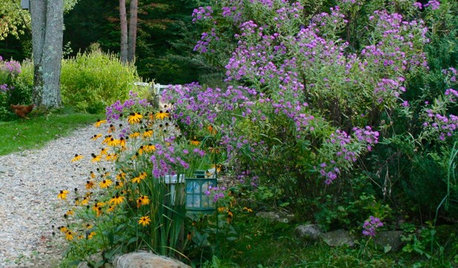
GARDENING GUIDESTop 10 Native Plants for the Northeast
For a low-maintenance, wildlife-friendly landscape, use native plants adapted to the climate and range of soils in the Northeast
Full Story
GARDENING GUIDESAttract Hummingbirds and Bees With These Beautiful Summer Flowers
Roll out a welcome mat for pollinators to keep your landscape in balance and thriving
Full Story
GARDENING GUIDESWhat Kind of Roses Should You Grow?
Want to add the beauty of roses to your garden? Find out which ones, from old-fashioned to modern, are right for you
Full Story








brian_zn_5_ks
Embothrium
Related Professionals
Fitchburg Landscape Architects & Landscape Designers · Folsom Landscape Architects & Landscape Designers · Saint Charles Landscape Architects & Landscape Designers · Signal Hill Landscape Architects & Landscape Designers · Cockeysville Landscape Contractors · Longview Landscape Contractors · Mount Kisco Landscape Contractors · Washington Landscape Contractors · Westford Landscape Contractors · York Landscape Contractors · Boulder Siding & Exteriors · Brunswick Siding & Exteriors · Yorkville Siding & Exteriors · Westminster Decks, Patios & Outdoor Enclosures · Woodland Hills Decks, Patios & Outdoor Enclosuresken_adrian Adrian MI cold Z5
gardengal48 (PNW Z8/9)
Embothrium
gardengal48 (PNW Z8/9)
rhizo_1 (North AL) zone 7
Dan _Staley (5b Sunset 2B AHS 7)
ozzysboy
Embothrium